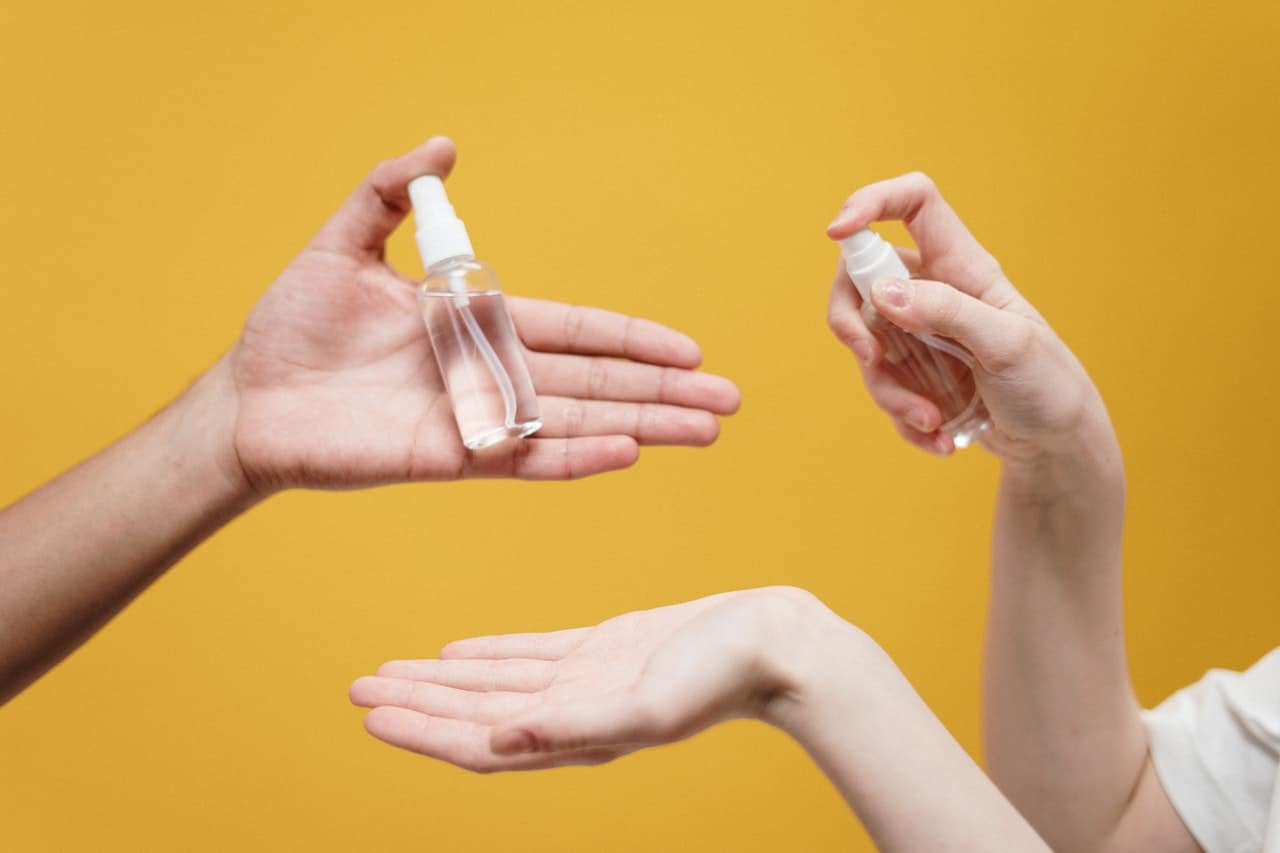Does hand sanitizer kill the corona-virus? Does hand sanitizer work for coronavirus? These are the questions that people think about throughout the weeks and months that people are socially isolated due to COVID-19 pandemics throughout the world. It’s unnerving to go outside most of the time because you never know who might have the virus.
Then there is the problem with people hoarding rubbing alcohol and hand sanitizers. Shortages for these essential products have become a fact of life in the time of the novel coronavirus, and it is normal for people to want to create their own.
However, the problem with homemade sanitizers is that they often are made from ingredients that have poor germicide effects. It means that they don’t have the same effectiveness as commercial hand sanitizers. We’re here to teach you how to create an effective hand sanitizer based on the standards of the World Health Organization.
Making a Coronavirus Hand Sanitizer
The WHO provided instructions for local production of hand sanitizers for the general use of pharmacies and people who can create the sanitizer with the correct combination and ratios.
There are two formulations, each with a different alcohol base. The following volumes are for ten liters of hand sanitizer. Simply adjust the ratios for lower quantities.
Formula 1:
8.333 liters of 96% ethanol
0.417 liter of hydrogen peroxide 3%
0.145 liter of 98% glycerol
Formula 2:
7.515 liters of 99.8% isopropyl alcohol
0.417 liter of hydrogen peroxide 3%
0.145 liter of glycerol 98%
The volumes for each of the formulations are:
Formula 1:
80% ethanol, 1.45% glycerol, 0.125% hydrogen peroxide
Formula 2:
75% isopropyl alcohol, 1.45% glycerol, 0.125% hydrogen peroxide
Here are the steps for creating your hand sanitizer:
- Prepare a large bottle for the base of the hand sanitizer, which is rubbing alcohol or ethanol, as indicated in the formulas.
- Pour the alcohol first, before adding the hydrogen peroxide.
- Add the glycerol next. The glycerol is added for skincare. The viscous nature of the glycerol may make it difficult for you to pour into the funnel, so feel free to add a little water to make it move. The water will rinse the walls of the measuring cylinder and make it easier for you to pour the measure of glycerol.
- Fill the remaining space of your bottle with distilled water. For the ten liter formulations, there will be a space of 1.105 liters for water. Add this quantity to the tank. If there is no distilled water available, you may use tap water that has been boiled and then cooled. Do not add hot water to the solutions.
- Immediately screw the cap or cover of the tank or bottle to prevent the evaporation of the indents.
- The solution must be mixed by gently agitating or shaking the bottle or tank. You can also use a paddle or any equivalent stirrer for this quantity of hand sanitizer.
- After mixing all of the ingredients, feel free to divide them into smaller quantities by pouring the solution into pre-measured bottles.
How about using aloe vera gel?
While aloe vera has some mild germicidal properties, it cannot be used as the main ingredient in hand rubs or hand sanitizers. However, it can be added alongside glycerin as a skincare component or emollient to reduce possible negative reactions to the alcohol compounds.
The formulations listed here are considered ideal. It means that they can be used in different situations and environments, and they are guaranteed to kill many kinds of viruses and bacteria.
However, the WHO still recommends using 70% isopropyl alcohol or rubbing alcohol on its own to clear bacteria and viruses. You can also use 3% hydrogen peroxide pure on your hands in the absence of rubbing alcohol.
Notes and Reminders For Creating Hand Sanitizers
- Glycerol is added to the hand sanitizer as a humectant, and you are free to add similar elements to improve the skin-friendliness of your final product.
In commercial preparations, humectants are usually the cheapest components as manufacturers want to control the cost of production, but in this case that you are creating your hand sanitizer, feel free to invest in pricier organic ingredients because you’re the one using it. Nothing will stop you from adding higher quality ingredients into the mix like beeswax, and maybe even vitamins to make your skin smoother and healthier.
Again, this is up to you. As long as you can maintain the quality of the hand sanitizer by sticking to the ratios and the active ingredients, everything else that you add to the mix is fine.
Just don’t add too much water as dilution will make the hand sanitizer less effective. This is the reason why for a ten-liter solution, the distilled water occupies just 1+ liters of space. - The hydrogen peroxide is not the center of the germicidal action. It is added to deactivate any bacterial spores that may be in the distilled water or the bottle. Hydrogen peroxide is added for contamination control, so no viruses or bacteria will infiltrate the solution.
- You can add colorants to the mixture, but the colorant should be hypoallergenic and safe for use on human skin. Do not add colorants or dyes that are not skin-friendly.
- If you plan to produce more for sale, be sure to store your finished product in an environment that is cool, with proper ventilation, and is air-conditioned. Alcohol is highly flammable, and the purity of the alcohol used in the WHO-recommended formulation is enough to cause fires.
- The flashpoint of ethanol and rubbing alcohol is just 17.5˚ Celsius to 19˚ Follow the guidelines for storing chemicals like this if you are producing high volumes of the hand sanitizer.
- The current formulations are effective for hand antisepsis and pre-surgical hand preparation. This means that the hand sanitizer that we have just taught you is similar to surgical spirits that are used extensively in hospitals for sanitizing hands.

